
For someone visiting Guanacaste without a plan in mind, it must be overwhelming to arrive and not know where to begin exploring.
The list is long: go at dawn to a long beach that is lined with turtles, visit an immense tropical forest at night and listen to it come alive, meet people who live in Guanacaste and keep their culture alive.
For that reason, the publishers of Ojalá Ediciones and Zona Tropical joined together to portray the flora, fauna, culture and landscapes in a series of six books called “Costa Rica Regional Guides.” One of them is dedicated to Guanacaste.
In collaboration with several national and international photographers, they put together a photographic guide for the province that aims to “offer the traveler clues to understand where everything that makes it unique comes from.”
These clues are photographs, texts and fold-out maps that piece together the biological, geological and anthropological stories of Guanacaste. One of those stories is about the Guanacaste Conservation Area and the role played by scientists Daniel Janzen and Willie Hallwacks in preserving the largest dry forest in the Americas. The book is dedicated to the two of them.
Inside this forest, camera traps were set up to capture perspectives and scenes never before documented. By this means, they obtained photos of species that are extremely difficult to capture on film like the jaguar, the manigordo and the coyote.
What we present here is a small sample of the work that took about two years to complete. Those years of work allow us to immerse ourselves in prints to better understand and travel around Guanacaste.
Each book is priced at approximately ¢14,000 (about $25) and is for sale at Libreria International bookstores and other tourist market stores.
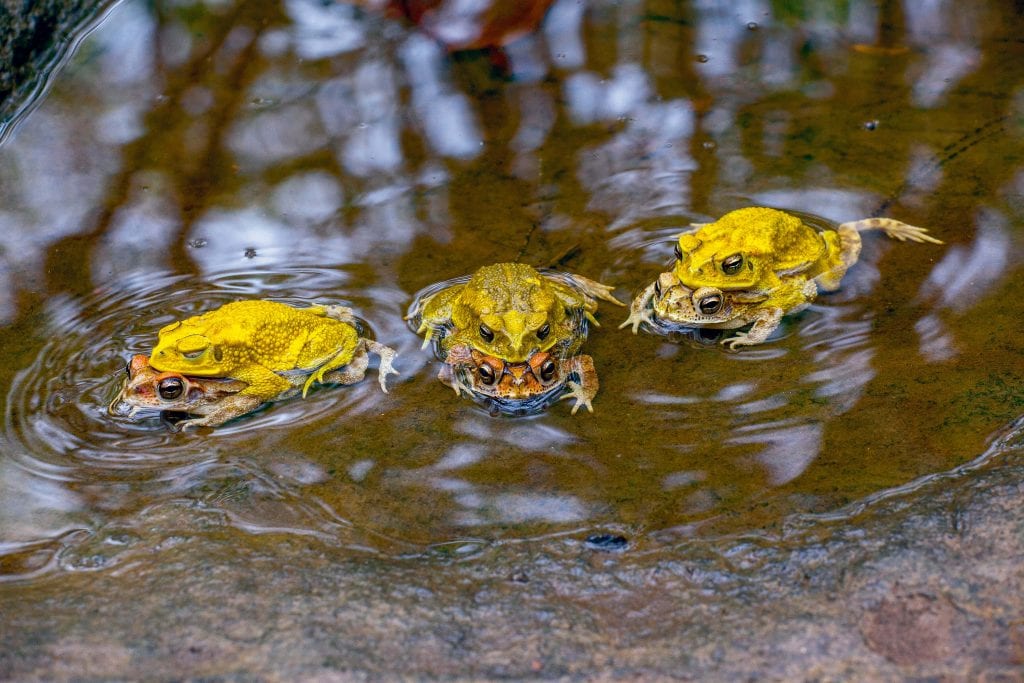
When they are preparing for reproduction, yellow toads leave their caves and change color from brown to yellow in 24 hours. This is how they attract the attention of females. Foto: Luciano CapelliPhoto: Luciano Capelli
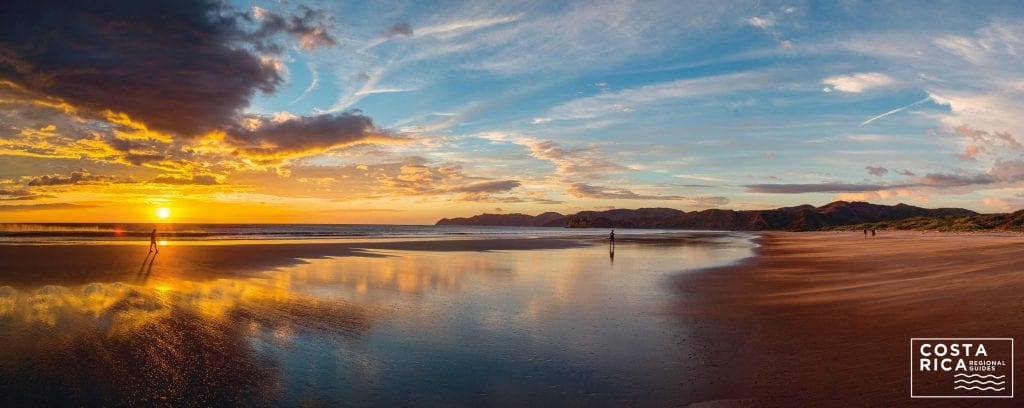
At Naranjo Beach, when the tide is low, you can see a double sunset: one in the sky and another on the ground. Foto: Luciano CapelliPhoto: Luciano Capelli

The white-faced monkey may seem very cute but it is a great predator. It eats everything, even other monkeys’ babies. Foto: Adrian Hepburn
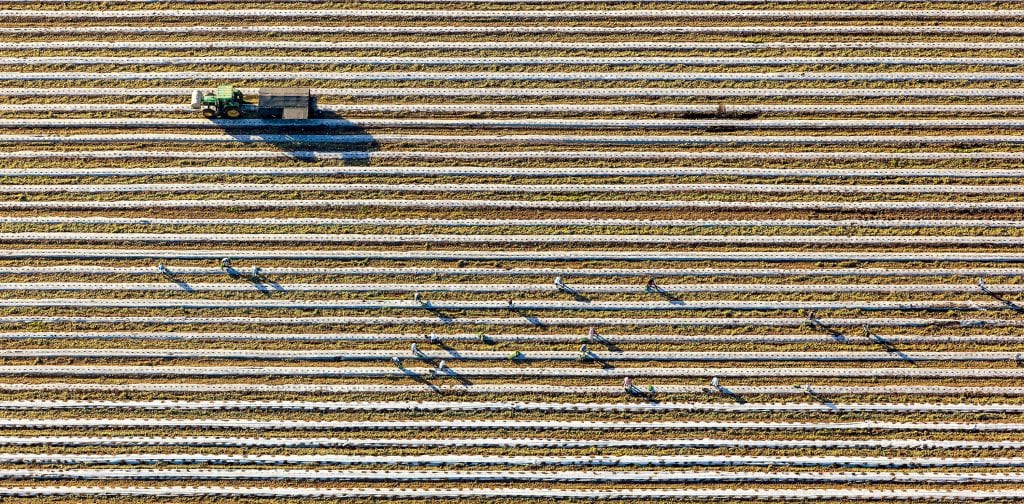
This is a field of melon in Filadelfia. Cultivating this fruit is very hard work and the majority of the workforce laboring in these fields are of Nicaraguan nationality. Foto: Luciano CapelliPhoto: Luciano Capelli
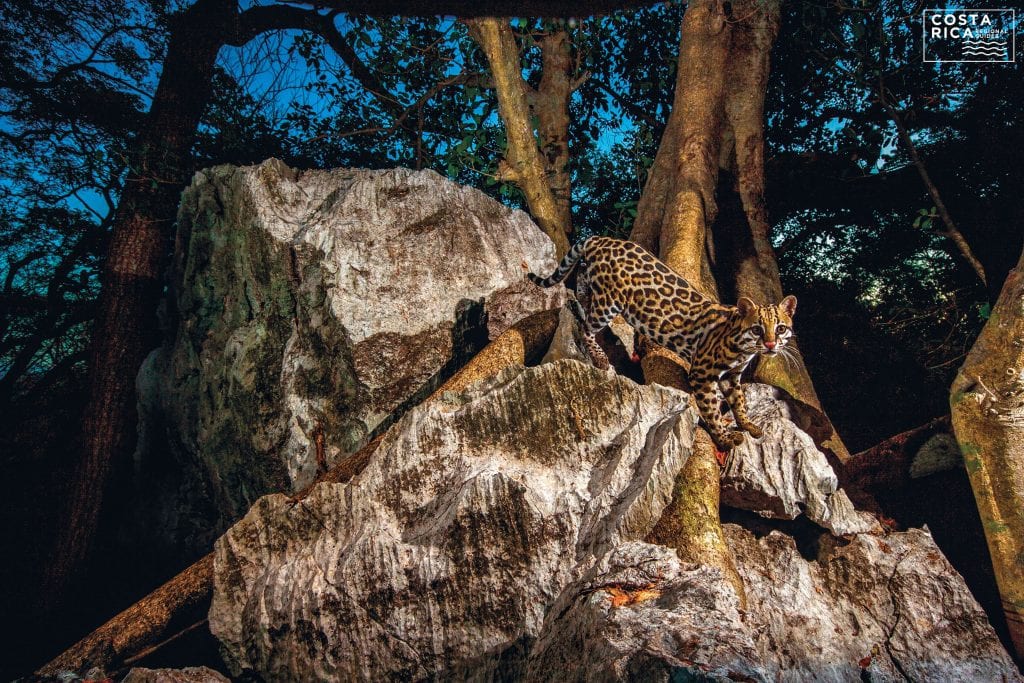
It is very difficult to catch sight of felines like the ocelot (also known as a manigordo) because they have a strong sense of smell and are very elusive. In addition, they move around mainly at night. The camera trap helps us see them and understand their behavior. Foto: Jose Maria TijerinoPhoto: Foto: Jose Maria Tijerino
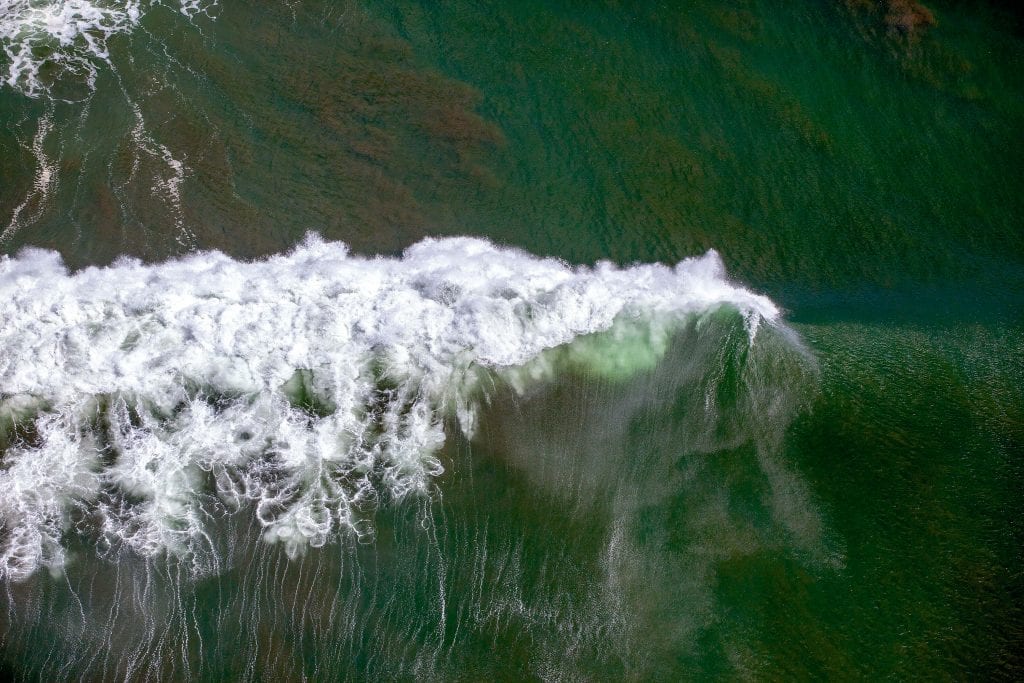
The olive ridley sea turtle prefers to lay eggs during high tide on strong tidal beaches such as Ostional because this reduces the effort it has to make to reach the shore and fulfill its mission. Foto: Luciano CapelliPhoto: Luciano Capelli


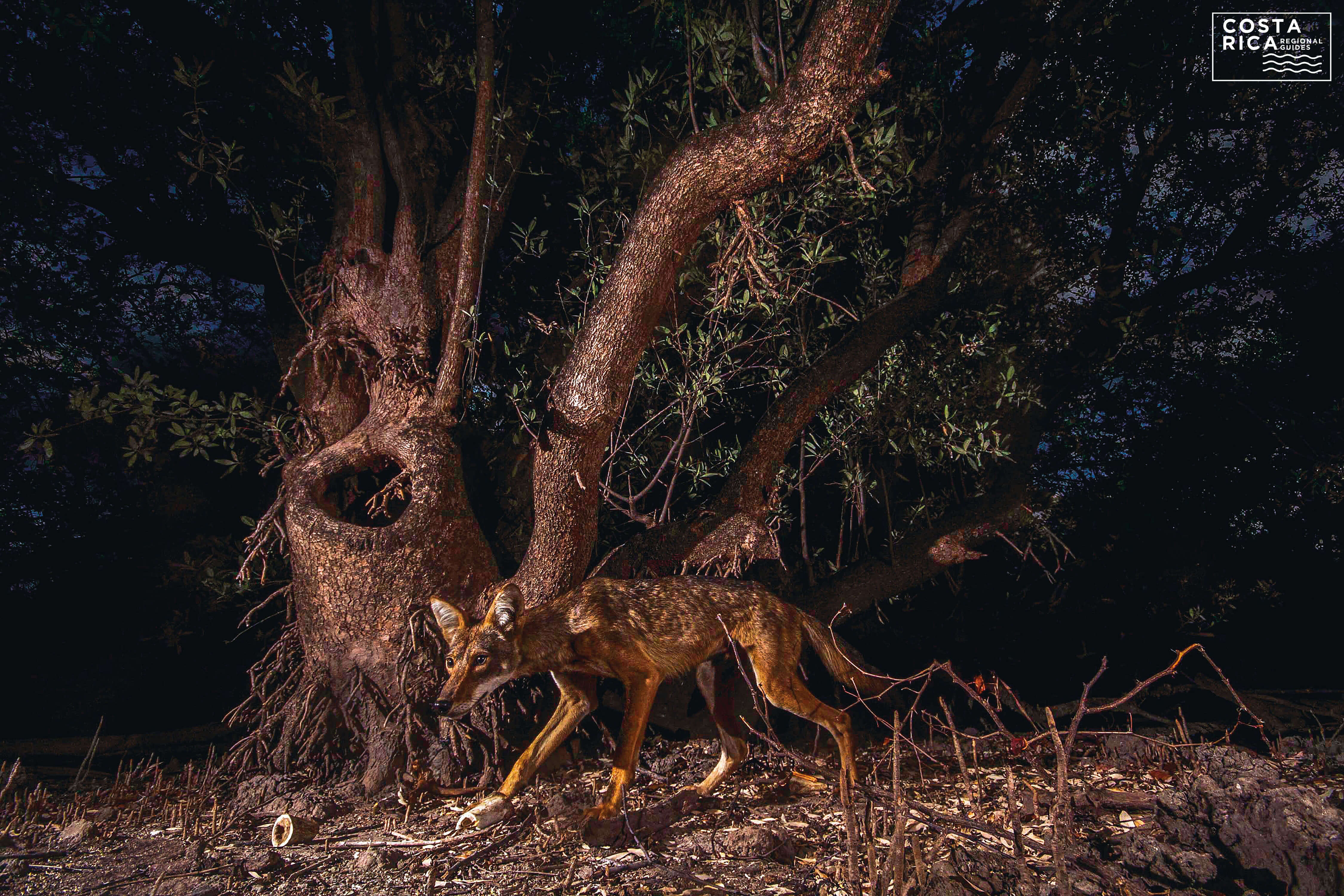


Comments